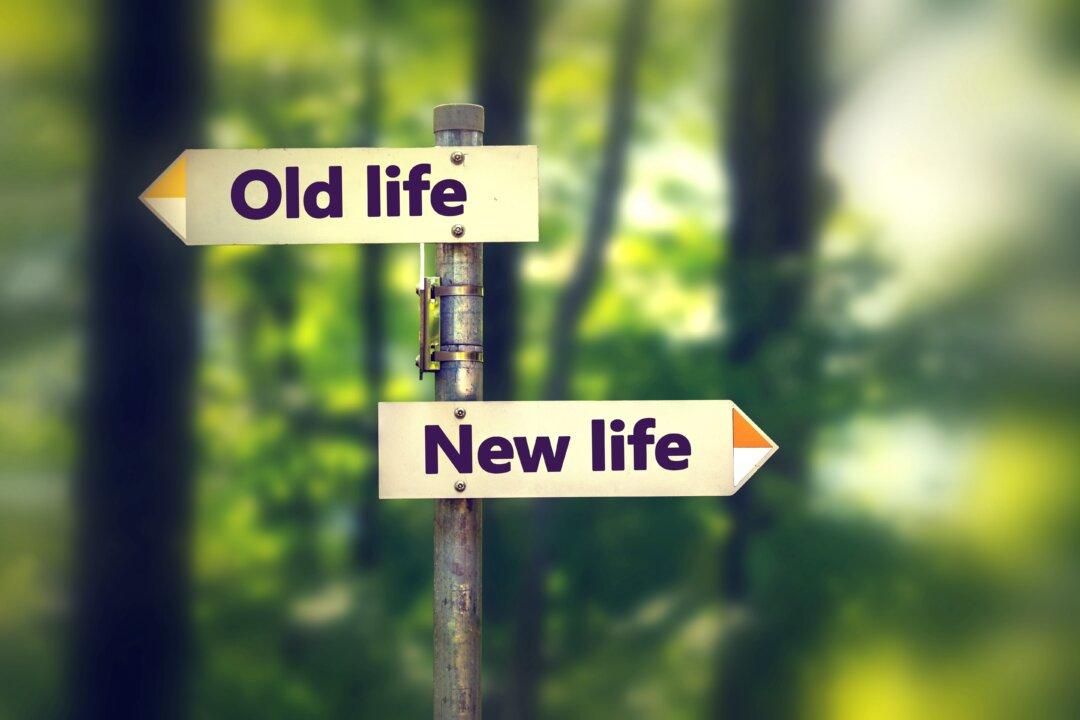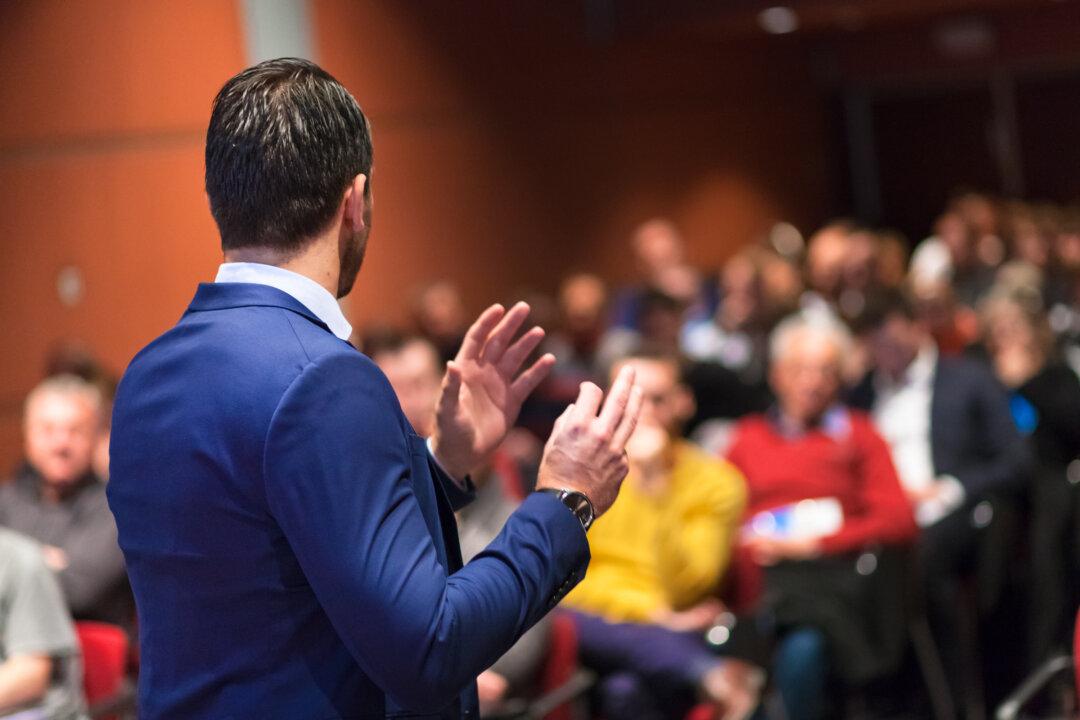I was among three thousand people listening intently to a speaker deliver her message. She made a point to tell the audience she didn’t like to wear shoes when she spoke (and she didn’t). Her delivery was nearly stream of consciousness with few periods or commas. Here enthusiasm might have been construed by the skeptic as hyperbolic. I thought it was certainly different but not great. I was in a small minority. She was a hit with the majority. The audience listened, laughed, and bought lots of her books afterwards.
That experience reminded me of how much latitude there is for speaking style in our profession. We can be grateful for the diversity of speakers, messages, and styles that clients will pay to hear.
Yet despite the vast differences between that speaker, you and me, we all succeed or fail on stage for similar reasons. Underlying everything we do are platform mechanics.
Mechanics are the working part of something, and platform mechanics are what make your presentation succeed or fail. Mechanics are general and style is specific. Mechanics are what support your presentation, and your presentation needs a strong foundation.
Some Definitions
How do platform mechanics fit into the bigger picture of what we do?What you say is your message and that includes content (ideas, stories/illustrations, statistics, etc.) and structure (outline and order).
What you do to communicate your message utilizes platform mechanics or skills. Those are the tools you use to communicate your message and your characteristics.
How you use those tools is your style. Your style should be unique to you and is what sets you apart from other speakers.
Success—for the audience and ultimately your speaking career—is the result of how those three ingredients work together.
1) Ability to Break Preoccupation
We live in an A.D.D. world. You can safely assume that most in your audience have things on their minds other than your intriguing ideas. Before you can get and keep attention you’ve got to break preoccupation.Remember that everyone in the audience is constantly barraged by grabs for their attention that includes non-stop messaging, changing images, and auditory stimulation. Research suggests that attention spans continue to decrease as a result of television, the internet, and other technology. Keeping attention may be challenging, but getting it in the first place is critical.
Breaking preoccupation can’t be done just by being interesting; effective speakers are engaging. They involved the audience by providing compelling reasons to listen and appealing to as many of the sense as possible.
This doesn’t necessarily require a default to PowerPoint or video. The ability to create rich imagery can be done using words alone by a skilled presenter.
The key intent is to replace whatever preoccupations exist in the mind of the audience with a willingness to consider what you’re saying. This can be done any number of ways from asking a truly relevant (and not mindlessly simple) question, making a compelling benefit statement that appeals to hopes and fears and being so intriguing that you trump the other less interesting things the audience is thinking about.
2) Storytelling
All of life is story driven. Your success on the platform is determined by your ability to intertwine your story with the stories of those in your audience. Stories are primary to how we learn and they are key to retention as well. I used to wonder why Norman Vincent Peale told so many stories. Couldn’t he have saved us a lot of time and given us the six things we needed to know?In his book, What Americans Really Want, Frank Lutz points out that sitcoms fail when they don’t mirror the viewing audience. He claims we like to be able to look in the mirror and see something of ourselves in the characters and situations.
The best story isn’t my story or your story; the best story is our story. Story done right engaged people because they see themselves in the story: something that happened to them, or someone they know.
Stories are also the coat pegs of the mind. They are where people hang the ideas you offer. And stories add the emotional impact usually missing in facts and figures.
3) Use of Language
Language is the software of the mind. Our choice and combination of words is powerful. You might think use of language to be more closely related to your message, but I’ve heard the same message communicated many different ways. How one uses language is often the difference between a mediocre and memorable presentation. Exceptional platform speakers don’t just love language; they love what it can do for their audiences. Use of language isn’t about impressing the audience with how much you know but influencing them to be better at what they think and do.4) The Pause
What we don’t say and the judicious use of silence is a powerful platform skill.Pauses are often overlooked as we think about platform mechanics because they are spaces, and most of us want to cram as much as we can into every moment our presentation.
- It gives the listener time to think.
- It allows for a previously stated idea to sink in.
- It prepares the listener for what is about to be said next.
- It telegraphs that the next idea is more important or profound than others.
- It makes room for agreement or disagreement in the mind of the hearer.
You Can Do It All Right and Still Get It Wrong
We’ve all seen someone technically competent. They don’t make obvious mistakes and yet their performance falls flat. Why is that?Mechanics have access to the same tools, yet like speakers, some are much better than others. The key is in how they use the tools. Mastery is in the hands of the mechanic, not the box of tools. And so is it for us as speakers.
I’ve seen novice speakers do everything right and not succeed and I’ve seen an old pro or two do something that really worked when in the hands of someone else it would have killed the performance. (The corollary to this is that you can do much wrong and still get it right.)
Really good mechanics are heard but hidden. If they’re obvious, they aren’t effective. They work together in such a way that the audience doesn’t notice the particular skill but the sum result. When an audience member spots something you’re doing, it is probably gimmicky or not being done well.
Technique Can Save the Day
Ron Arden, the highly respected late speech coach, often said that the best actors weren’t always passionate. Some days they were sick, hung-over, or depressed, yet they managed to perform extraordinarily. How did they do it? Technique. When all else fails, knowing how to create the perception of energy (or passion or whatever) is as important as actually possessing it.The Heart of the Matter
Michael Peterson is a country music star, excellent communicator and longtime friend. He once shared a story with me that I use with his permission.As if it weren’t enough to be a gifted musician, Michael was also an accomplished athlete and played college football. Having been awarded a football scholarship, he had high hopes for his college career—until his first day on campus.
While moving into his dorm room, he ran into a six-foot-three, 315 pound member of the varsity team. “If that guy’s a lineman,” he thought, “I’m done for.”
Michael asked his roommate about the player he had just seen. “Don’t worry about him,” his roommate said, “He’s our kicker.”
Kicker? “Why isn’t a guy that big playing the line?” Michael asked in surprise.
“He may be big,” replied his roommate, “but he never made it as a lineman…because he can’t move people.”
Platform mechanics or skills are tools, a means to an end. Your success as a professional speaker ultimately depends not on how many skills you have or how well you use them, but whether or not you can harness your abilities to positively move the people in your audiences.
Republished from marksanborn.com









